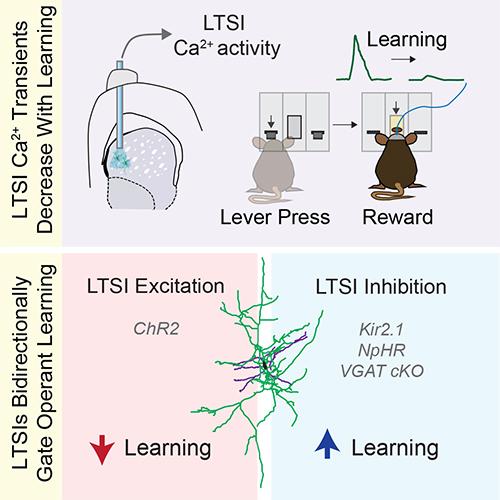Abstract:
Goal-directed behavior involves learning associations between actions and outcomes, selecting an appropriate action, evaluating the outcome, and flexibly adapting when contingencies change. This fundamental behavior is essential for our daily function, and its impairments lead to aberrant decision-making. The dorsomedial striatum (DMS) is a key mediator of goal-directed behavior, serving as a critical node integrating sensorimotor, motivational, and cognitive information to drive motor execution. However, the specific neural circuitry involved in the learning and performance of goal-directed behaviors remain poorly understood. The DMS is primarily comprised of spiny projection neurons (SPNs), which are locally regulated by sparse populations of interneurons. While the anatomy and physiology of striatal interneurons has been well characterized, exploration of their role in behavior is just beginning.
In this talk, I will share our recent work demonstrating that one sparse subtype of striatal interneuron, low-threshold spiking interneurons (LTSIs) play a critical role in goal-directed learning. Using fiber photometry to record Ca2+ transients from LTSIs, we showed LTSIs exhibit robust bursts in activity as mice obtain an appetitive reward. This reward-associated activity is down-modulated as mice learn an operant task and is a critical part of goal-directed learning, as optogenetically inhibiting LTSI activity during reward delivery accelerates learning while increasing LTSI activity during reward delivery slows learning. Given their reward-related activity, we are now testing how LTSIs interact with striatal dopaminergic signaling. Using in vivo microdialysis, we demonstrate LTSI inhibition augments d-amphetamine-induced dopamine (DA) efflux in the DMS. We further characterize direct and indirect mechanisms by which LTSIs can gate striatal DA using ex vivo fast scan cyclic voltammetry. Finally, we are exploring striatal DA dynamics during goal-directed learning, and how they are modulated by LTSI inhibition. How DMS DA signals develop during initial operant learning remains largely unexplored, so we measured DMS dopamine using fiber photometric recordings of the GRAB-DA sensor as mice learned the operant task. We observed discrete dopamine signals surrounding the choice (lever press) and reward retrieval. Interestingly, the choice-related, but not reward-related, signal evolved across early operant learning. Further, LTSI inhibition amplified DA events and transients during the operant task, and this amplified dopamine is causal to accelerated acquisition. Together, these experiments highlight a novel mechanism for striatal DA modulation, as well as uncover dynamic DA changes across goal-directed learning.

Biography:
Elizabeth Holly, PhD, is a postdoctoral fellow studying the neurobiology of goal-directed behavior in the laboratory of Marc Fuccillo at the University of Pennsylvania. Her work is funded by a Ruth L. Kirchstein National Research Service Award (NRSA) Individual Fellowship from the National Institute of Mental Health. Elizabeth received her PhD working with Klaus Miczek at Tufts University, where she investigated how social stress causes long-lasting neuroadaptations in the mesolimbic dopamine system to drive escalated cocaine self-administration and relapse in male and female rats. Her thesis received the 2015 Outstanding Dissertation Award from the American Psychological Association Division 28.
No need to book, just turn up!
